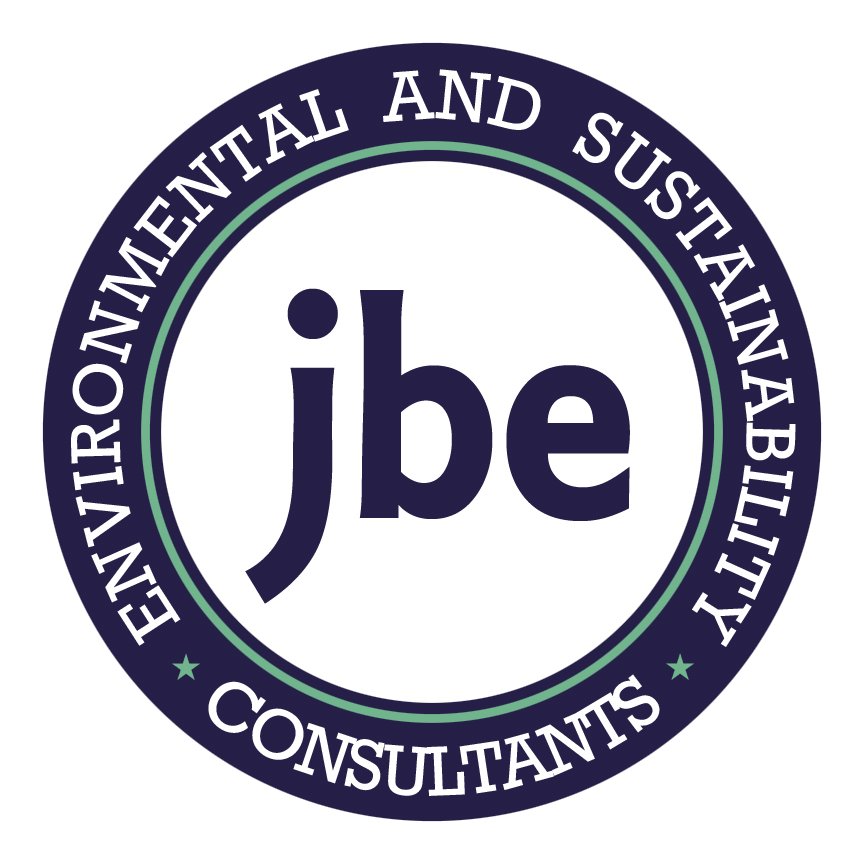Supply Chain and Sustainable Purchasing
JBE recently partnered with a Fortune 200 company to enhance their Supply Chain impacts assessment. Here are the specific projects we have completed to date:
Developed a full Scope 3 carbon footprint for two business units. The carbon footprint assessments were consistent with the WRI/WBCSD’s GHG Protocol: Corporate Value Chain (Scope 3) Accounting and Reporting Standard. A hybrid-top down approach was implemented to streamline the data collection processes and utilize surrogate data where appropriate while still obtaining meaningful results. JBE team members Mr. John Beath and Ms. Kristen Rowe wrote an extended abstract and presented at the annual Air and Waste Management Association (A&WMA) conference based on this projects’ study approach, example results, lessons learned, and discussion around key benefits of using this approach.
Assisted procurement and research and development teams in making informed sustainability decisions related to procurement, product formulation, and supply/value chain engagement. Follow-on work from the Scope 3 project focused on investigation of upstream manufacturing pathways and their relative environmental impacts for specific top-contributing raw materials. JBE team members worked with our client contact and representatives from the client’s procurement and R&D teams in order to engage select suppliers and investigate various feedstock and manufacturing pathway options for specific raw materials to develop both a client-specific carbon footprint estimate for each raw material as well as to understand various environmental tradeoffs.
As part of this exercise, JBE team members Ms. Kristen Rowe and Ms. Marjie Boone built a Microsoft ExcelTM-based product formulation tool, which compared both the carbon dioxide equivalent and client-specific cost implications for various product formulation scenarios; this tool enabled the R&D teams to utilize carbon dioxide emission and cost implications to inform product formulation decisions.
Developed streamlined Scope 3 carbon footprint assessments for two additional business segments based on these initial successes. A streamlined approach was used based on the results from the full Scope 3 assessment for the first two business units. This streamlined approach provided insights on the most relevant Scope 3 emission categories and avoided unnecessary resource expenditure and associated cost that would otherwise have been needed to collect data and estimate all of the Scope 3 emission categories. The decision to use this approach was decided on collaboratively between JBE team members and client stakeholders.
These streamlined assessments required stakeholder engagement for each product category and focused on carbon impacts of purchased raw and packaging materials as well as the consumer use impacts for these product categories. Our team integrated global and regionally-specific consumer use data into our analyses in order to inform estimates and recommendations for next steps. Additionally, our team recommended and carried out a benchmarking exercise to understand existing peer and competitor practices to address impacts from consumer use. We also utilized our knowledge of regional consumer-use trends to help inform this discussion.
Developed water use profiles for product sub-categories within three product categories. JBE collected and aggregated relevant data and information and worked with internal client stakeholders to develop water use profiles for select life cycle stages. Significant effort was dedicated to quantifying the water use estimates and documenting assumptions, as well as developing key graphs, summary tables, context, and content for reporting results to key internal stakeholders.
For this project, we were able to leverage some key insights and information from the carbon footprint projects to streamline the effort and minimize data collection requirements for the client. This enabled us to develop these estimates in a relative short time frame in order to provide results in time for an important internal client organization meeting. Additionally, we developed some unique allocation methods based on a careful analysis of the contributors to the use phase that reduced the overall footprint over what would otherwise have been a significant over-prediction of consumer use impacts.

